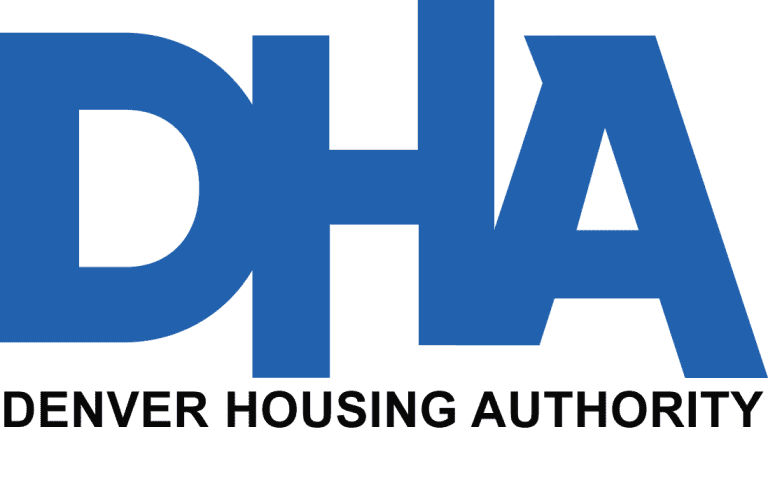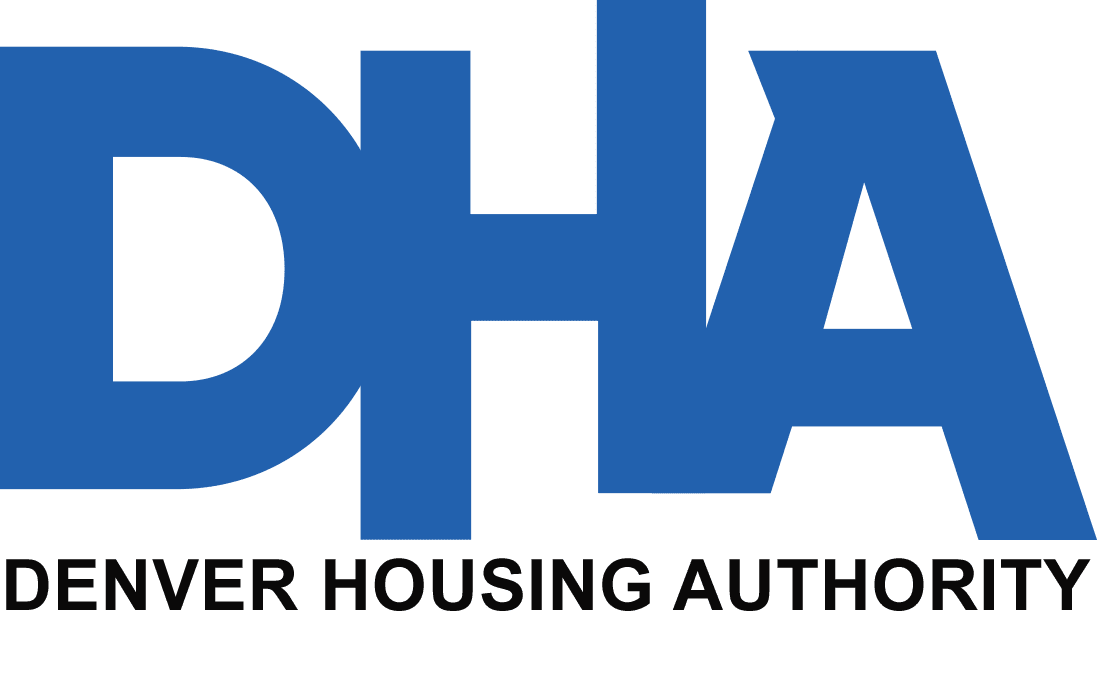By Kyle Harris – Denverite
The market-rate units would be built on land Denver Housing Authority is close to selling to the developer.
The Denver Housing Authority is under contract with a private developer and is in the last steps of closing a sale on a plot of land in Denver’s Sun Valley neighborhood.
The plot at 2750 W 10th Ave. is one of three in Sun Valley the public housing authority, DHA, will be selling to private developers.
According to initial concept plans submitted to the city by Davis Partnership Architects, the developer plans to build 464 units in two residential buildings — one with five stories and one with eight stories — plus a parking garage with 511 spots for cars on the site.
Concept plans are the first step for developers working with the city’s planning department on new projects and are subject to change.
Davis Partnership Architects is the forward-thinking firm behind the Freyer Newman Center at the Denver Botanic Gardens, the Colorado Health Foundation Headquarters and the Art Hotel.
The new buildings’ designs will be held to standards decided upon in collaboration with Sun Valley residents.
While the proposed buildings would be taller than what the neighborhood has seen in the past, they won’t rise higher than DHA’s tallest planned 12-story building in the redevelopment that will include a mix of market-rate and income-restricted housing. The new buildings fit within current zoning code that allows buildings to be up to eight stories.
DHA declined to name the buyer, since the deal is currently being finalized. The developer Wynne Yasmer Real Estate and the real estate company Matrix Group are listed on the publicly available concept plans as additional contacts.
The new units from the unnamed developer will be market-rate housing for those who can afford them, bringing economic diversity to the working-class neighborhood.
“The master plan for Sun Valley has always contemplated there being a mix of income ranges,” DHA’s Chief Real Estate Investment Officer Erin Clark told Denverite. “And that includes certain parcels that were always contemplated to be sold to third parties to build market-rate housing.”
DHA also wants more than just the public sector investing in Sun Valley.
“We want there to be private dollars here,” Clark says. “We want there to be other partners who are directly investing in this neighborhood and helping to fulfill the overall vision.”
DHA plans to use proceeds from the land sale to pay off debt owed on other investments in the Sun Valley neighborhood, including rebuilt roads, stormwater systems, water lines and eventually an 11-acre park along the South Platte River. The money will also fund additional income-restricted housing developments in the neighborhood.
The land where the Sun Valley Redevelopment is taking place once included 333 public housing units. Those were torn down and the people living in them were relocated.
DHA is tripling the amount of affordable housing that was in the community.
The new DHA housing will include housing targeting households making between 30% and 80% of the area median income, or between $26,100 and $66,300 a year for an individual or $37,250 and $94,650 for a family of four.
Clark says DHA has one-for-one replacements for every unit’s price point and bedroom count from the old housing.
“So if there were five-bedroom units in the public housing, we also have five-bedroom units in our new housing,” she says. “So every one of those original public-housing units is being replaced in the new housing we’re building.”
Former residents of Sun Valley public housing will have first dibs on the new homes.
Currently, DHA has finished 50% of the housing it plans to build in the neighborhood, and residents have already moved in.
“This is requiring a lot of really important work that serves the broader community: new great roads, wider sidewalks, bike lanes, a park,” Clark says. “This market-rate development is an investment in those amenities that serve everyone regardless of income level.”
To read the whole article, please click here.


